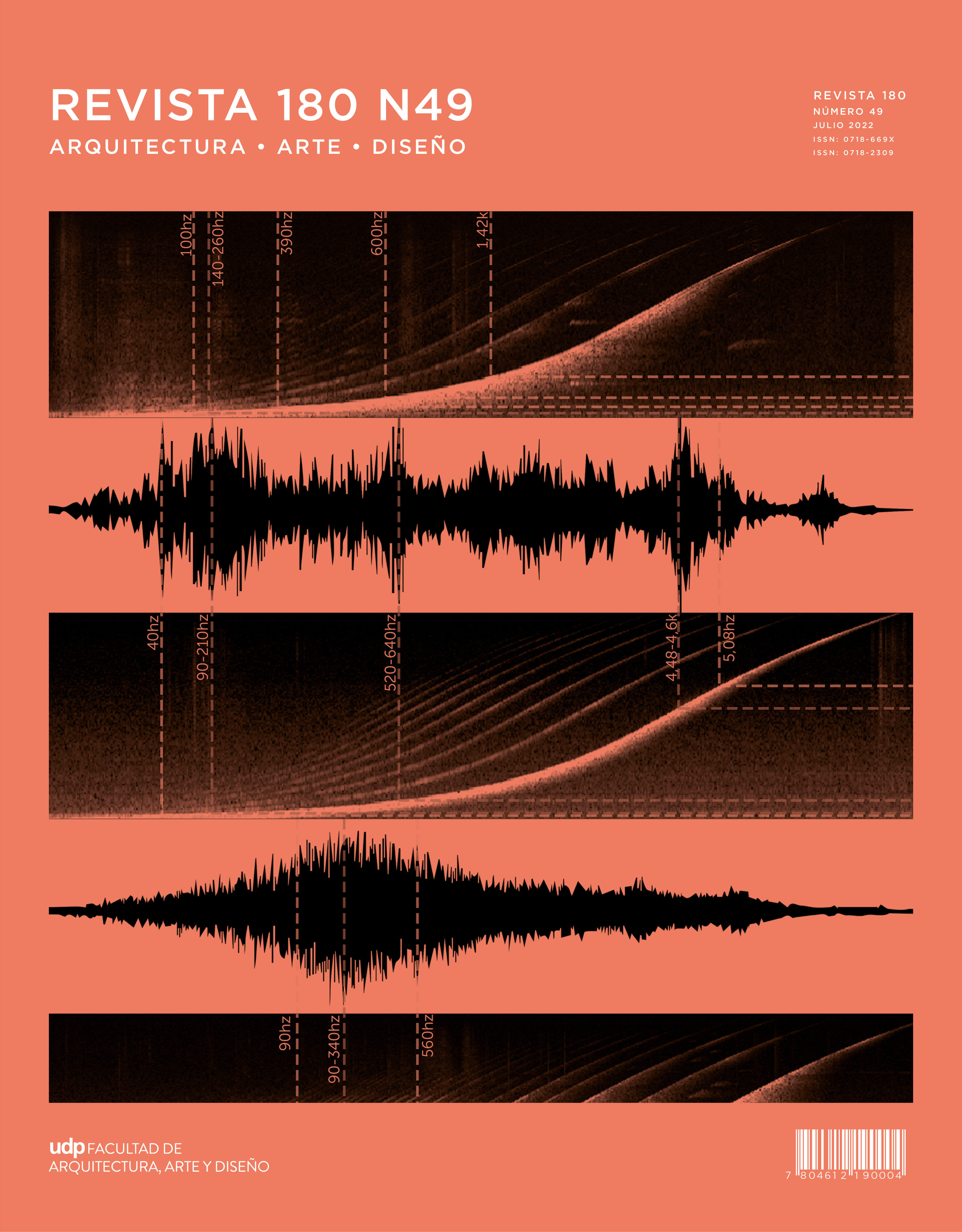PLACE ATMOSPHERES AND EXCLUSION IN THE CASE OF STREET FOOD MARKETS IN LONDON
Published 2022-07-25
Keywords
- atmospheres,
- ethnography,
- exclusion,
- markets,
- taste
How to Cite
Abstract
The study of place atmospheres is relevant to understand a series of elements in the relationship between subjectivity and place (Gandy, 2017); especially the processes of change in urban space and the possibilities for this change to be purposefully directed (Sumartojo & Pink, 2019). In this article, I analyse how the curation of food markets requires the use of different cultural and aesthetic knowledges that capitalize on the vast gentrification process in London’s (UK) key areas in order to create a place atmosphere, and with it, to generate belonging and exclusion. This work explores specifically how commercial space organizers, as cultural intermediaries or “curators” use their specific taste to create pop-up street food markets. Curation implies a delicate design process and arrangement of different material, affective and sensorial elements. This includes the selection of food vendor with particular cuisines, and the distribution and flows in the market space to attract a certain audience. In this article, I draw findings from an ethnography conducted in 2014 and 2015, using the case of Vibes Feast, a company that organises night markets in London in areas such as Dalston, Lewisham and Battersea. I use the case of the Lewisham market in southeast London to illustrate the curatorial work or market organisers. I analyse their working practices and decision-making process to understand how the curation of this kind of markets is a relevant practice in the generation of place atmospheres for consumption and the integration of a middle class public, excluding the rest.
